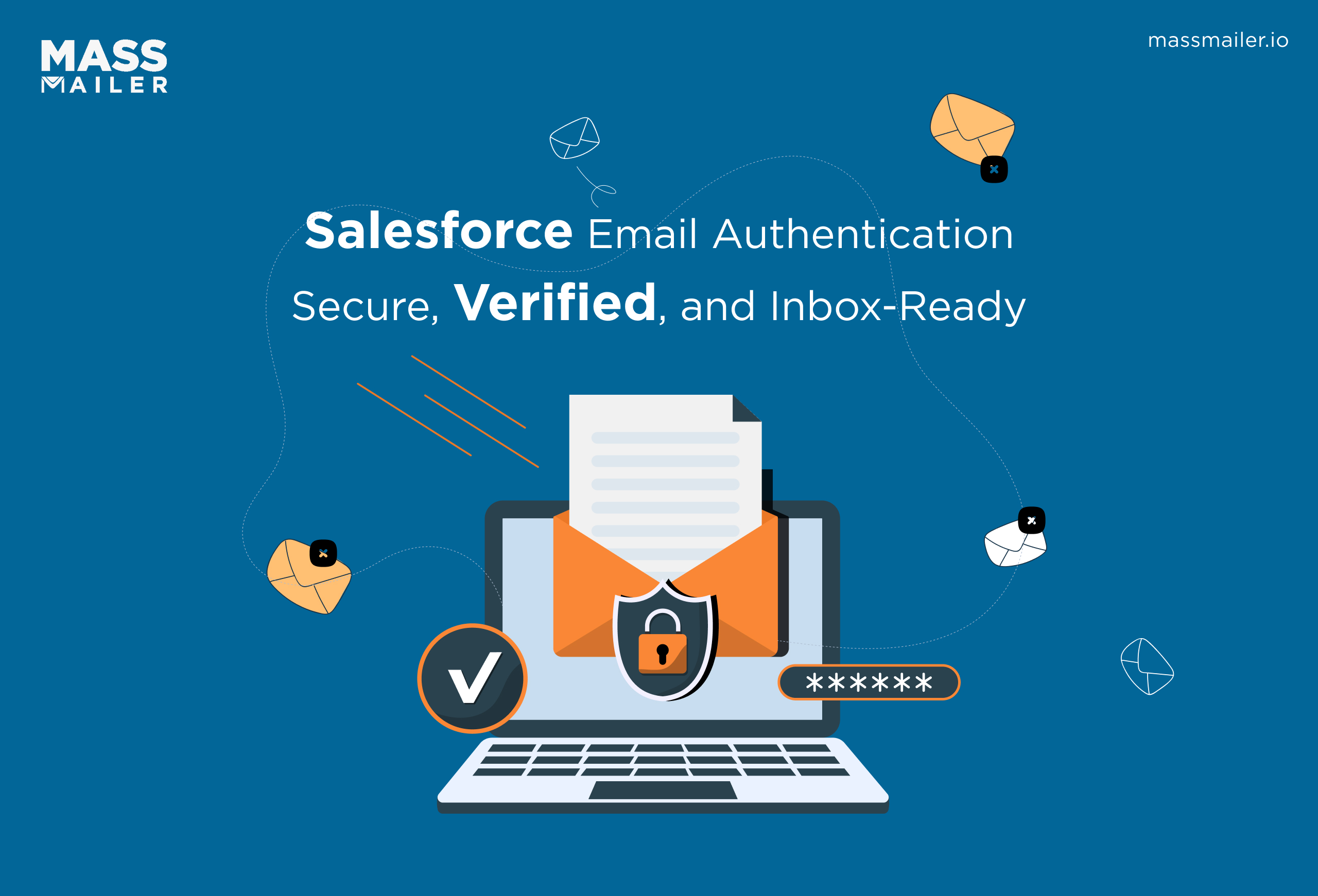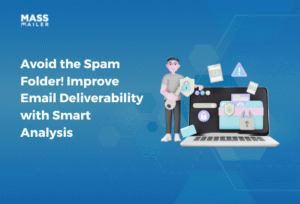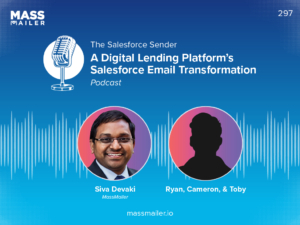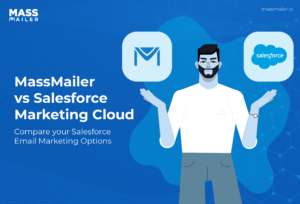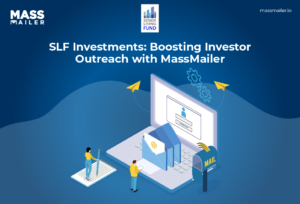Table of Contents
Spam filters can be the death of a marketing campaign. But because spam filters don’t want spammers to know how they work, it can be difficult to determine exactly what will trigger them. If you’re trying to develop a marketing campaign, you may need to look further into what will trigger spam filters and what will not.

Create Highly Polished, Professional Emails
Spam filters often look for emails with poor spelling, coding, and formatting. By creating attractive emails, you aren’t just giving more value to your audience you’re actually avoiding spam filters. Take some time to ensure that your email contains appropriate grammar and spelling.
Make Sure Emails Are Opted Into
It doesn’t help to send email to a disinterested audience. If readers begin to block your email as spam, your emails will eventually be categorized as spam even if it’s really not. If emails are bouncing, they could also lead to your address being blacklisted. To make sure that your email lists remain clean, you should ask your audience to opt-in and also to verify their email addresses. Managing email campaigns in Salesforce is a simple way to automate these processes and to track correspondence with your customers.
Personalize Your Email to Your Clients
Not only should your emails be directly addressed to your clients, but you should also send triggered emails along with scheduled emails. Triggered emails take advantage of Salesforce email software and eCommerce integration to send emails when a customer performs a specific action such as looking at products but not purchasing them. These personalized emails will tell the customer that you’re paying attention to their activity and that you have the products or services that they need. This heightens the chances of an email being valuable to them.
Drop the “Do Not Reply”
It’s become standard for emails to be sent from a “do not reply” address, but even though that can seem sensible there are some practical downsides. A “do not reply” address isn’t going to collect notifications regarding bounced emails; though that is generally the idea, it also means that email lists will not get cleaned up. “Do not reply” addresses also provide poor customer service, as it makes it more difficult for the customer to simply respond to the email to get further information.
Always Make It Easy to Unsubscribe
It should never be a fight for a customer to unsubscribe. If they are not able to unsubscribe quickly, they can do worse than just ignore your emails they can block them or mark them as spam, making it more likely that your emails are going to be listed as low quality. Your mass email lists should not be about quantity, they should be about quality. This can be tracked through Salesforce mass mailing analytics, which will be able to display the actual user engagement for each email.
Set a Schedule Early On
How often are you going to be emailing your clients? Every week? Every other day? Your schedule depends on your clients and your industry some niche companies may only send out a newsletter once a month, while others can get away with an update every day. Either way, it’s important that your emails remain consistent. If your audience is expecting your emails at a given time, they are less likely to feel unwanted. Advanced email marketing systems can even give your audience a choice regarding the frequency of emails they receive.
Ultimately, the easiest way to avoid getting blocked by a spam filter is to send informative, interesting emails on a consistent basis. Mass email through MassMailer.io in Salesforce can automate the process for you, so you can reach as many of your email list members as possible without getting spam-blocked or blacklisted.
Start Your Free Trial Today
Experience MassMailer the easiest way to send personalized emails from Salesforce.
Related Blogs
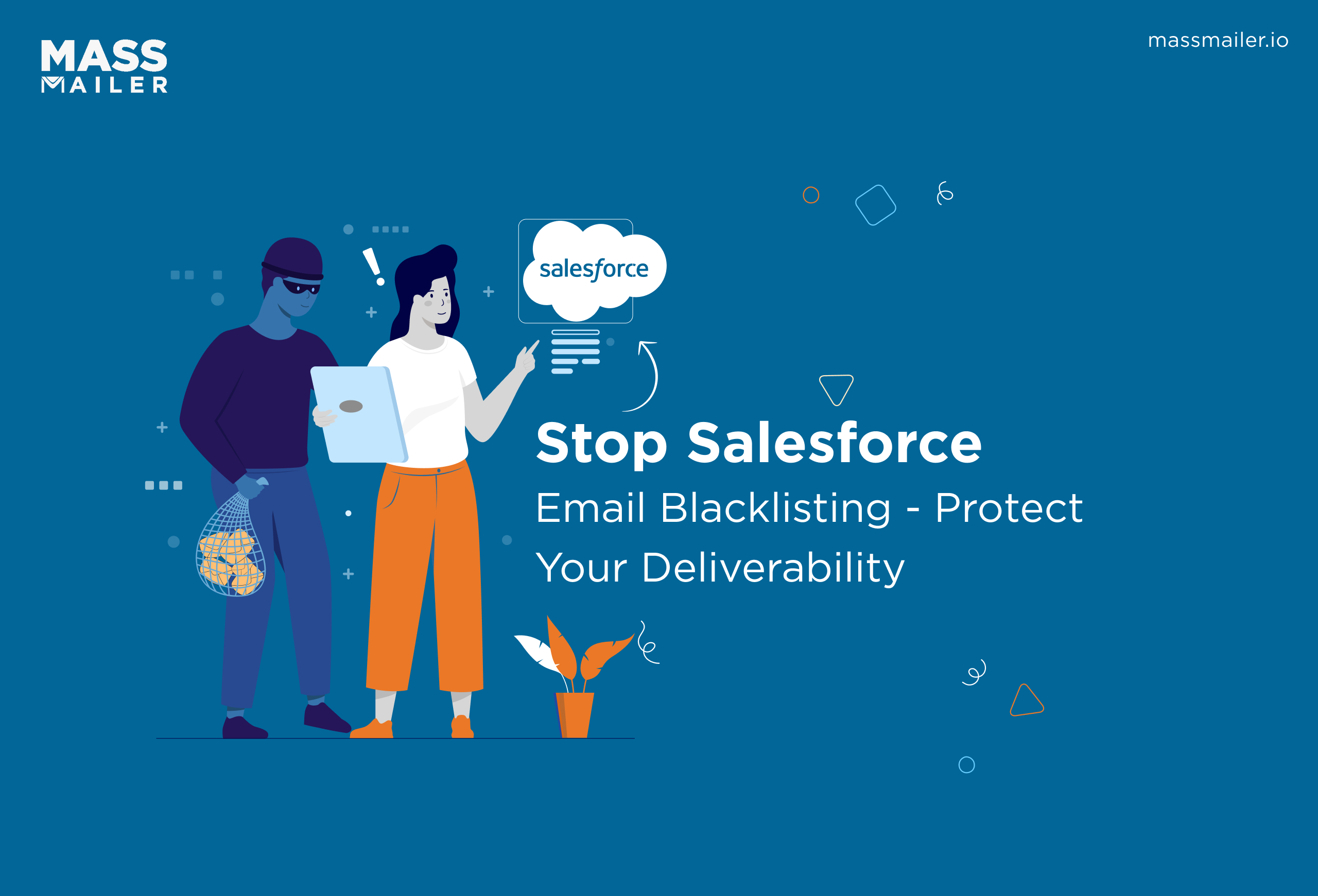
Salesforce Email Blacklist: Fix, Prevent, and Improve Deliverability

Salesforce Emails Going to Spam: Complete 2025 Deliverability Guide
MassMailer Resources


